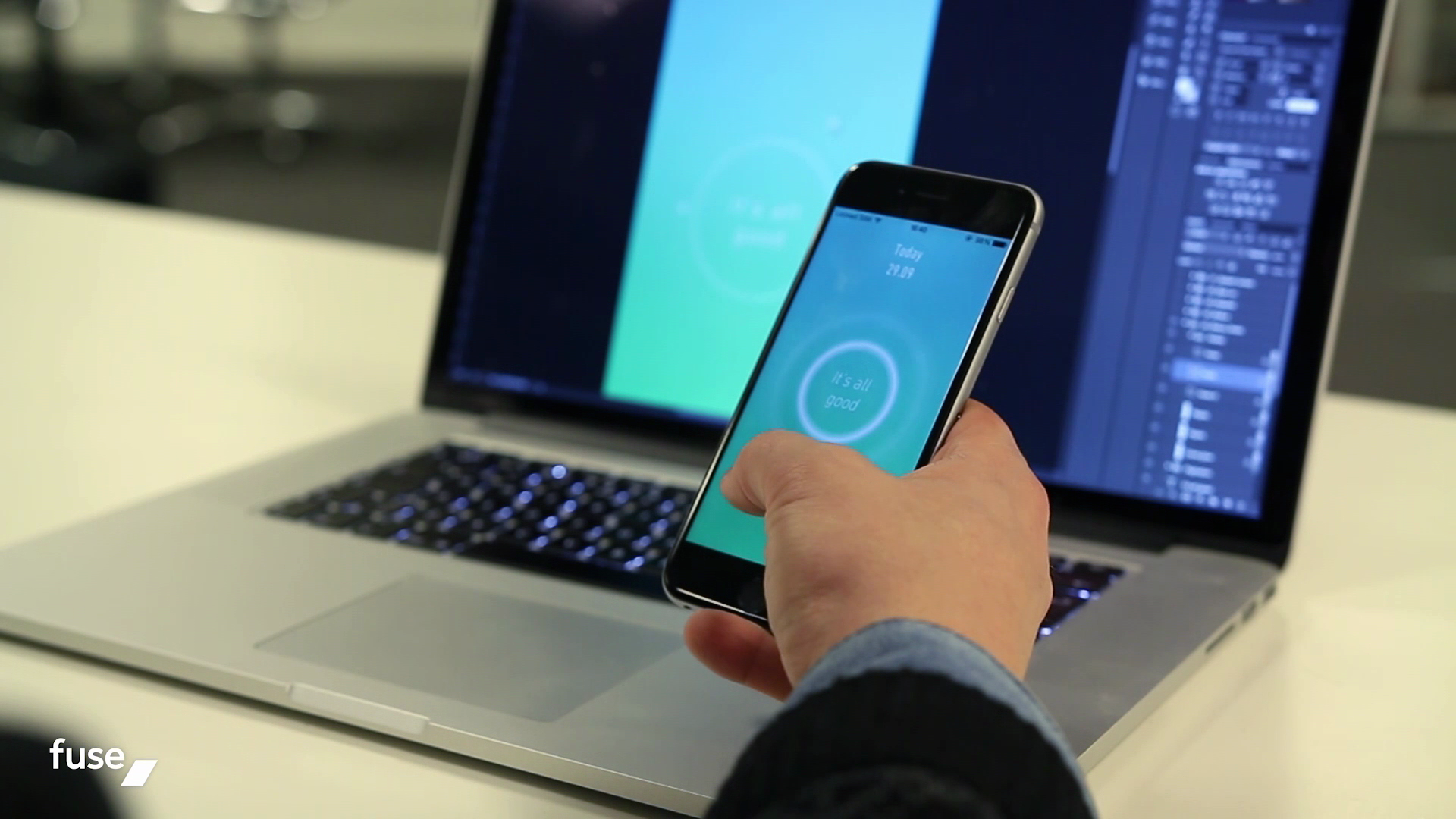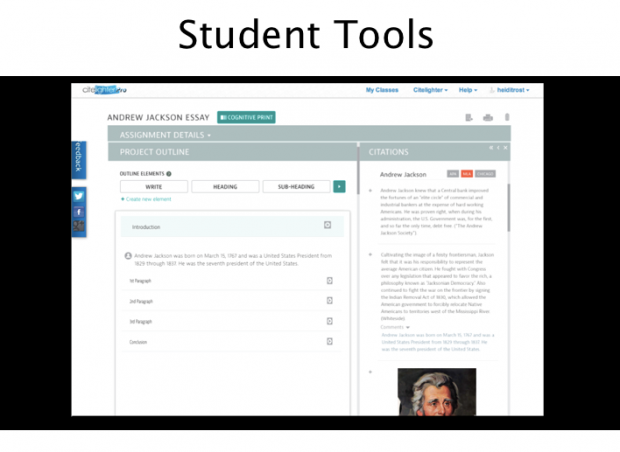 A Q&A with Fuse co-founder and CEO Anders Lassen. The Oslo, Norway and Palo Alto-based mobile app development software startup announced in late January that it has raised $2.8 million in Venture round funding. Investors include Alliance Venture and Northzone. It was founded in 2012 by Lassen and CTO Morten Fornes, and has now raised $7 million in total funding.
A Q&A with Fuse co-founder and CEO Anders Lassen. The Oslo, Norway and Palo Alto-based mobile app development software startup announced in late January that it has raised $2.8 million in Venture round funding. Investors include Alliance Venture and Northzone. It was founded in 2012 by Lassen and CTO Morten Fornes, and has now raised $7 million in total funding.
SUB: Please describe Fuse and your primary innovation.
Lassen: Fuse is an app development platform and tool suite. We designed it to address key pain points that have been hurting the mobile app industry for years: You need to hire completely different iOS and Android teams to code the exact same features, and developers have to totally recreate creatives’ designs because Photoshop and other prototyping tools don’t produce working code. The whole process is really inefficient and costs companies a lot of money.
We envisioned a radical solution for mobile app development for 2015 and beyond. The result is Fuse, which creates native Android/iOS apps from within the same environment, embraces quick iterations, and overcomes traditional bottlenecks such as proper UX and animations. And while it looks like a prototyping editor, Fuse creates working native apps, so it’s both for designers and developers. And while you can do all the platform-specific customization you want, you don’t need to duplicate the same work for both iOS and Android. We think it’s the best of both worlds, really.
SUB: Who are your target markets and users?
Lassen: We’re launching our initial beta in the next few months. For that release, we’re targeting seasoned developers, including app development agencies and startups. But ultimately, we’re targeting anyone who wants to create an app and has basic development or design skills—from independent designers up through to enterprise. If you can design an app in a standard prototype editor and you know how to code, you can create an executable app for iOS and Android in Fuse.
SUB: Who do you consider to be your competition, and what differentiates Fuse from the competition?
Lassen: Fuse is compatible with leading prototype and development platforms. So while there are plenty of tools out there for mobile development, we consider them complementary and not competitors, per se.
SUB: You just announced that you’ve raised $2.8 million in new funding. Why was this a particularly good time to raise more funding?
Lassen: It was important to raise this round because we’re preparing to launch our beta later this quarter. That naturally comes at a cost—anything from hiring new people, to marketing, to supporting our daily operations.
SUB: How do you plan to use the funds, and do you have plans to seek additional outside funding in the near future?
Lassen: We’ll use it to support general operations across our two locations, in Oslo and our new Silicon Valley office, and help launch Fuse’s beta. We’ll look for more funding if and when it makes sense, but right now, we’re focused on getting Fuse in front of developers and designers, and making sure it’s the best platform possible for the problems it solves.
SUB: What was the inspiration behind the idea for Fuse? Was there an ‘aha’ moment, or was the idea more gradual in developing?
Lassen: It would be fun to say that we just woke up one day and instinctively knew what to build, but that wouldn’t be true at all. We actually started on the deep end here, taking on really low-level graphics development, with a desire to simplify all types of graphics programming. But coming at it from that angle was good, because it allowed us to tackle some of the hardest problems you could imagine from day one.
We spent a few years on that before we even started to zero in on exactly what Fuse would ultimately become. It was the process of working with all kinds of developers, designers, friends, and colleagues, that we arrived at the core principle behind Fuse: Give developers and designers a common way to express and communicate ideas and implementations, from both angles, with the end result being working, fast, gorgeous looking cross-platform apps. No compromises. It was incredibly challenging, but we’re getting there.
SUB: What were the first steps you took in establishing the company?
Lassen: The founders actually worked together in Falanx, later acquired by ARM, building mobile GPUs and writing drivers for them. This is deeply geeky and has attracted some of the smartest people around, because deeply geeky people love solving hard problems. At some point, we realized that we were involved in making some of the best and most popular GPUs in the world, but that actually writing apps and code that tapped into all that power was really, really difficult.
So we decided that we wanted to do ‘the stupid thing’ and try to solve this for everyone, not just ourselves. And that’s how the company was founded. We applied for some Norwegian government grants, along with a tiny bit of Seed money to get started, but mostly, we just worked really, really hard, for no pay at all. Proper bootstrapping.
SUB: How did you come up with the name? What is the story or meaning behind it?
Lassen: Well, we had previously developed an earlier prototype for what would eventually become Fuse under a different name, but it didn’t really explain the product or tell much of a story. We decided we had to come up with a new name that not only conveyed what people could do with the product, but also who would use it. Since the product bridges this gap between designers and developers, and at the same time, gives them true access to the most popular mobile platforms, the name ‘Fuse’ felt right. We spent quite a while researching and brainstorming our new name, and the whole company was involved. We’re really proud of the name and what it represents.
SUB: What have the most significant challenges been so far to building the company?
Lassen: It might sound a little naive, but we’ve been incredibly lucky and happy so far. We do cool stuff which allows us to attract talent to come and work with us, and we’ve had good timing in terms of getting a few rounds of funding at ideal amounts each time, which lets us grow in the speed we want to, but doesn’t become a dark shadow that hangs over us. We know where we want to go with Fuse, and we have the right team and the right investors to do it.
SUB: How do you generate revenue or plan to generate revenue?
Lassen: The beta will be free to start, and we’ll launch premium features over time for those that need additional functionality. I know that sounds like a boilerplate answer, but we do have a good plan for monetization that goes hand-in-hand with how people will use Fuse.
SUB: What are your goals for Fuse over the next year or so?
Lassen: We plan to expand access to our beta, and begin adding features that’ll make Fuse even more powerful. We’re also going to meet with app developers and designers in Silicon Valley. So stay tuned!














